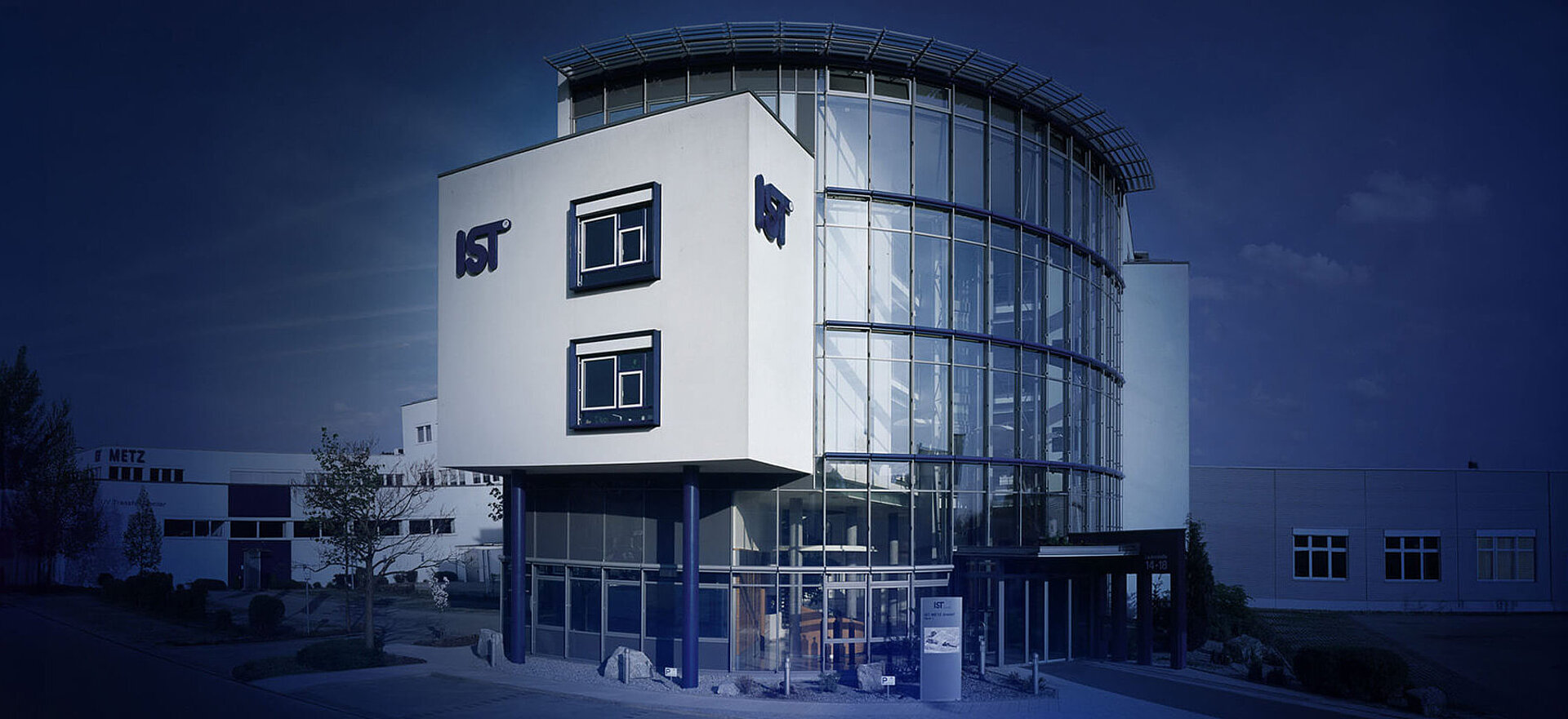Glass fibre composites (GRP) on an industrial scale are usually thermally cured. A more elegant and faster solution is the UV-based consolidation of glass fibre plastics as an inline production process. Thanks to suitable resin formulations and the right radiation technology, sheets, sleeves or profiles can be cured and dried directly in the process within a few minutes. For this sustainable process variant, IST Metz GmbH & Co. KG was awarded the ThinKing in March. This is because UV curing can not only work CO2-free, but is also particularly suitable for series production thanks to fast throughput times.
The Baden-Württemberg State Agency for Lightweight Construction presents this innovation with its ThinKing in March 2022. With this label, Leichtbau BW GmbH gives a monthly platform to innovative products or services in lightweight construction from Baden-Württemberg.
At a glance:
- Short production times: Hardening with high-energy light takes only a few minutes.
- No CO2 emissions: The light-hardening process is CO2-free when green electricity is used.
- Energy-efficient: The light energy source does not need to be preheated or kept at operating temperature. It only requires energy for the process of consolidation.
- Cost-reducing: The consolidation of the composites takes place directly in the process. Transport to a chamber for hardening and the associated handling of the semi-finished products are not necessary.
- Sustainable: The more environmentally friendly one-component resin system does not require styrene or solvents.
- "The chemical industry has made such great progress in the formulation of UV-curing resins that we can now offer UV curing in the series production of fibre composite plastic parts as an inline process step," says Arnd Riekenbrauck, Senior Manager New Markets at IST Metz GmbH & Co. KG.
To produce components or semi-finished products from GRP, the resin-impregnated (glass) fibres are first shaped into the desired form - for sheets as scrims, wound for sleeves or pultruded for profiles. The impregnated fibre-resin system is then cross-linked, cured and dried by applying energy. Until now, long heated process lines have been necessary for sheet goods or profiles, and ovens or drying chambers for wound parts. Large-scale plants, high energy consumption and time expenditure as well as additional transport and handling tasks have so far characterised this process step in the production of lightweight components.
Fast and elegant inline curing
This could change abruptly with the use of the UV process. Because glass fibres are ideally suited for UV curing due to their radiolucency. Seconds to a few minutes are all that is needed to consolidate the fibre matrix systems with UV or UVVis radiation sources. After curing and cooling, the component is immediately loadable and can be further processed. "In one application, we were able to shorten a production line by over 80 per cent," reports Arnd Riekenbrauck. In another case, one minute of UV irradiation was sufficient to consolidate a 50-centimetre-long GRP sleeve produced using the filament winding process. Because of these short cycle times, the UV curing process is ideal for series and continuous processes. The process is also a good choice for particularly large components.
Ideal applications can therefore be found - across almost all industries - inline in continuous processes such as pultrusion or in the production of flat materials, but also in RTM processes or BMC/SMC processes.
Energy-saving, styrene- and CO2-free
Unlike a continuously heated oven or line, the UV radiation sources only consume energy when they are needed for consolidation. The energy costs can therefore be directly converted to the unit costs. Moreover, they can be operated with green electricity, so there are no CO2 emissions. Across all applications, UV curing requires on average only about 30 per cent of the energy of thermal processes. In the example of the coiled sleeve mentioned above, the amount of energy required was about 0.25 kW per workpiece.
The one-component resin systems based on epoxy acrylates that are suitable for UV curing have a theoretically unlimited pot life. Depending on the application, the cleaning effort is therefore reduced and mixing can be omitted. There is less production waste. In addition, the resins do not require styrene or other solvents. In terms of their mechanical properties, however, they are at least comparable with the previous resin systems after consolidation.
Process experience makes the quality
Even if UV consolidation seems simple, designing the inline process step requires experience because it has to be individually adapted to the respective product. Arnd Riekenbrauck explains: "Our application and process know-how includes not only the lamps, but also the appropriate cooling concept or any necessary explosion protection measures due to the high temperatures. And the system design of the lamp installation itself across the entire width of the process line has a major influence on the reproducible quality of the cross-linking, curing and drying."
In addition to temperature and homogeneous irradiation, the relevant wavelengths must also be matched to the fibre material, the component and the process progress: from long-wave UVVis radiation for thicker materials to short-wave UV-C radiation for pure surface curing of finishing layers on GRP components. Simultaneous irradiation from above and below may also be necessary, for example for sandwich materials or if the translucency of the fibres impairs the penetration depth of the beams.
The ThinKing in the video
In the video series "Lightweight construction explained easily", Leichtbau BW presents the ThinKing in just a few minutes: https://youtu.be/APtq8R48t2Q

